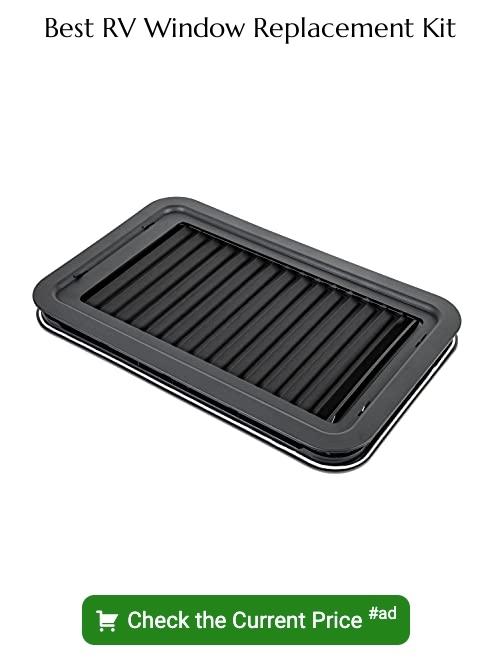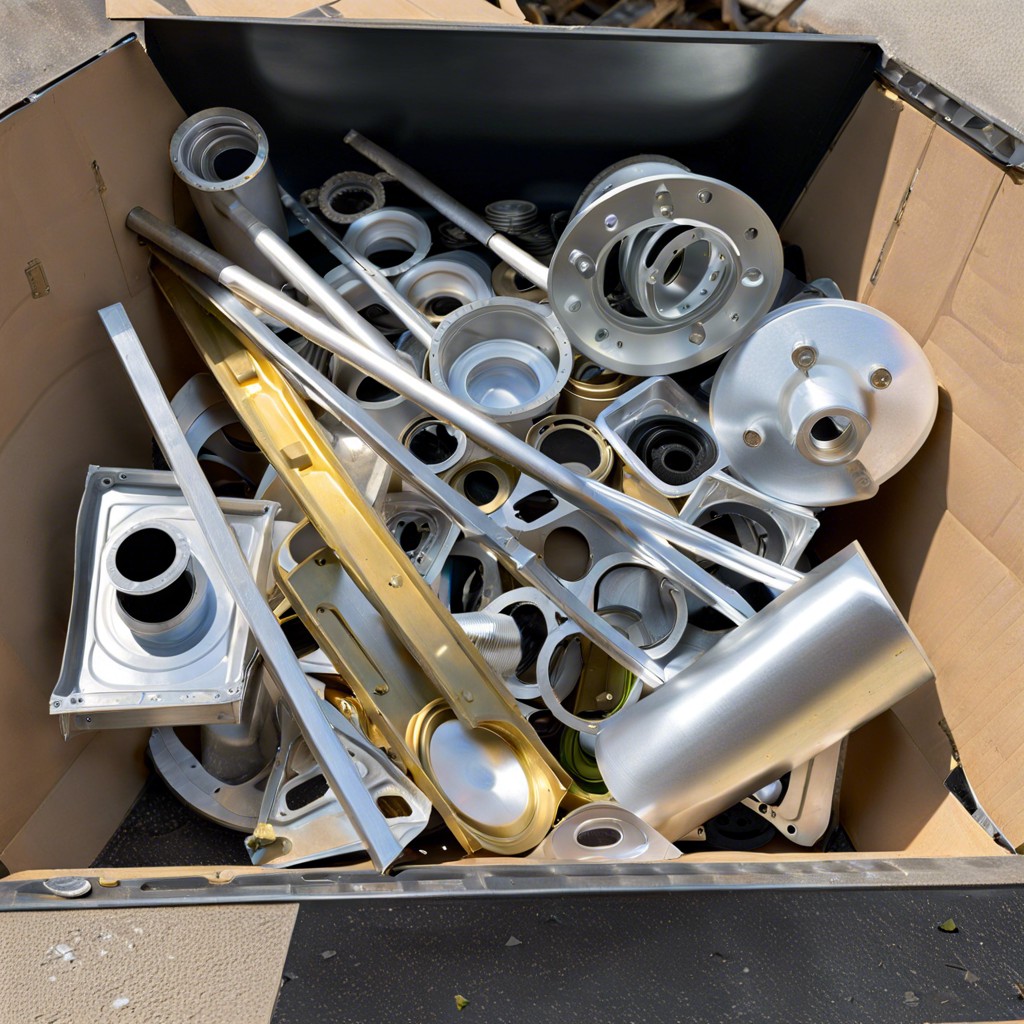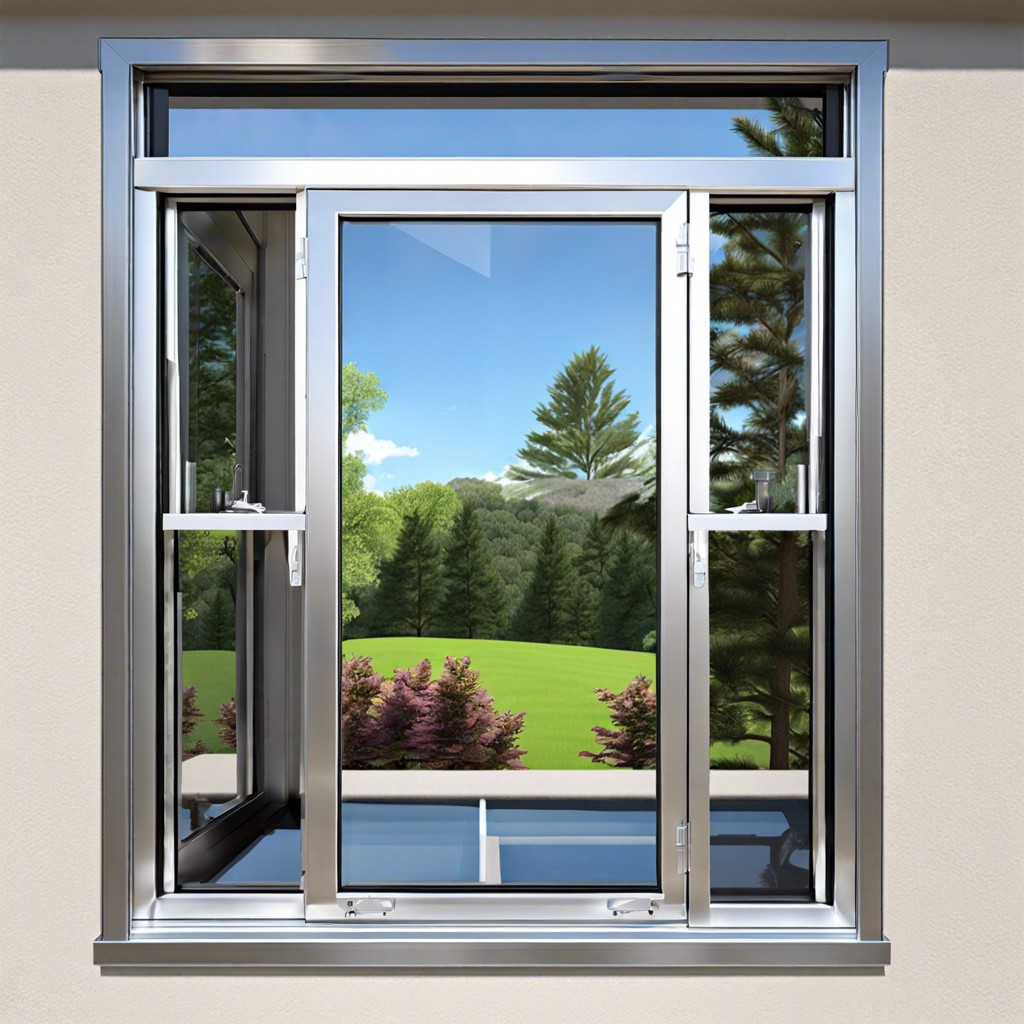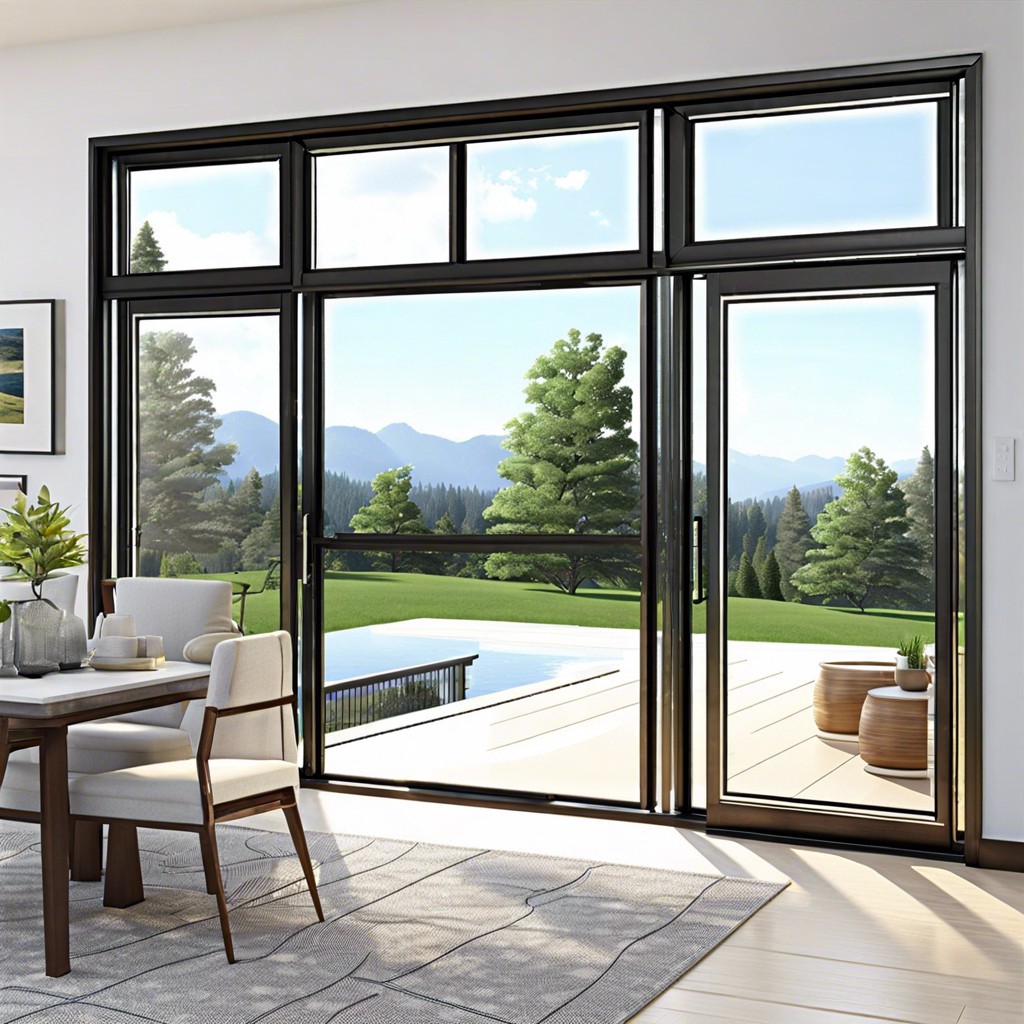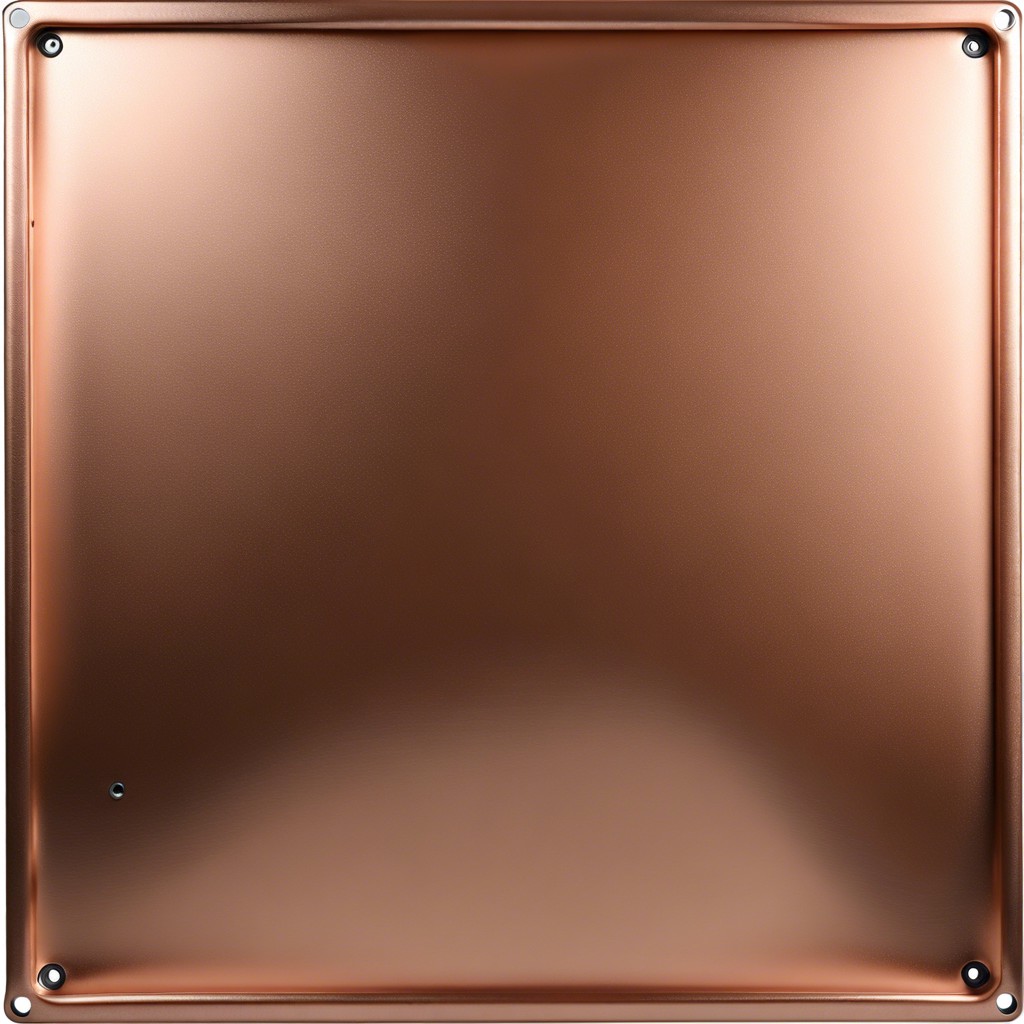Discover a variety of standard RV window sizes to enhance your traveling experience, ensuring comfort and style while on the road.
Are you planning to upgrade your RV windows? One of the most important things you need to consider is the size of your windows. But with so many different sizes available in the market, it can be overwhelming to choose the right one for your vehicle.
In this blog post, we’ll take a closer look at standard RV window sizes and help you understand how to measure your existing windows so that you can make an informed decision when it comes time to replace them. So, whether you’re a seasoned RVer or just starting out on your journey, read on for everything you need to know about RV window sizes!
Key takeaways:
- Standard RV window sizes vary in width by height
- The most common size is 14 inches by 22 inches
- Horizontal sliding windows offer easy opening and closing
- Vertical sliding windows provide airflow control and versatility
- Consider factors like insulation and ventilation needs when choosing windows
Introduction to Standard RV Window Sizes
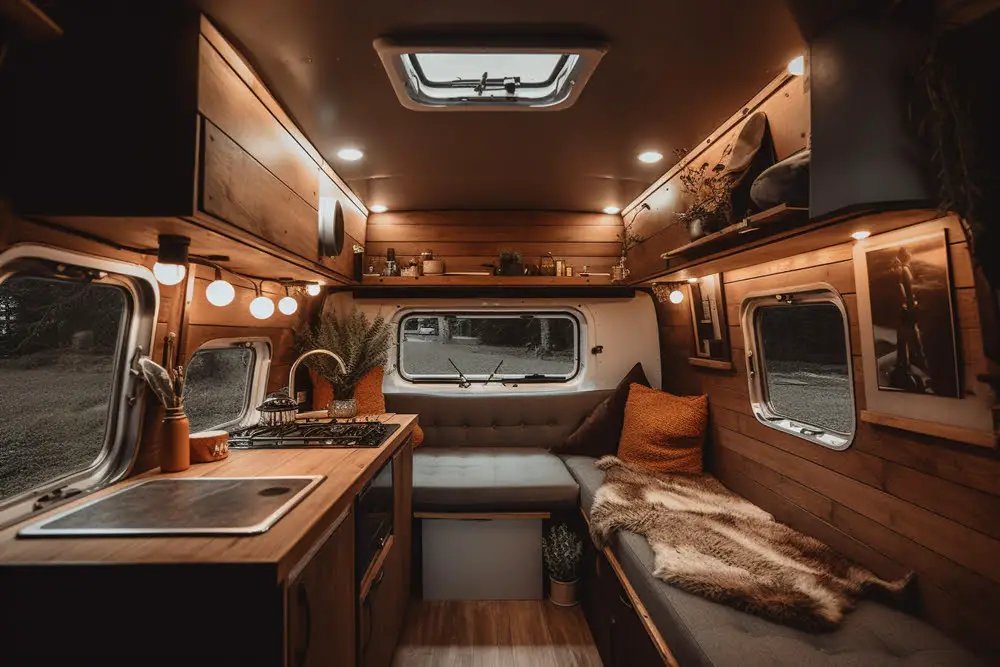
RV windows come in a variety of sizes, and it’s important to understand the standard sizes available before making any purchase decisions. Standard RV window sizes are typically measured in width by height, with most manufacturers offering a range of options to fit different types and models of recreational vehicles.
The most common RV window size is 14 inches by 22 inches, but there are many other standard sizes available as well.
When choosing new windows for your RV, it’s essential to consider factors such as ventilation needs, insulation requirements, and overall aesthetic appeal. Some popular styles include horizontal sliding windows that allow for easy opening and closing from side-to-side or vertical sliding windows that provide excellent airflow control.
Fixed windows offer an unobstructed view while driving or parked at your destination; tilt-and-turn options can be opened partially or fully depending on the weather conditions outside; awning-style designs provide shade during hot summer days while jalousie-style units offer maximum ventilation even when only partially open.
Horizontal Sliding Windows
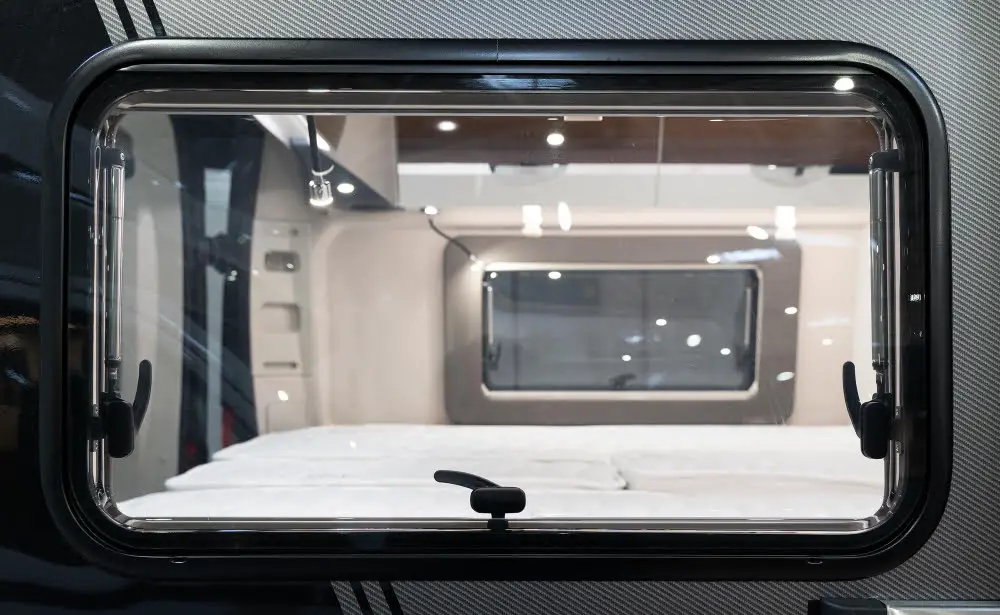
These windows slide open horizontally, providing excellent ventilation and natural light while also allowing you to control the amount of airflow into your vehicle. They’re perfect for those who want an unobstructed view without sacrificing functionality.
When it comes to choosing horizontal sliding windows for your RV, there are several factors you need to consider. First, make sure that the window size matches the opening in your vehicle’s wall.
You’ll also want to choose a material that is durable enough to withstand harsh weather conditions while still being lightweight enough not to add too much weight onto your RV.
Another important consideration is insulation – look for double-paned or insulated glass options if you plan on traveling in colder climates or during winter months.
Horizontal sliding windows offer many benefits when it comes time to upgrade or replace existing ones on an RV.
Vertical Sliding Windows

These windows slide up and down along tracks on either side of the frame, making them easy to operate even in tight spaces.
One advantage of vertical sliding windows is that they can be opened partially or fully, allowing you to control the amount of airflow into your RV. This is especially important during hot summer months when you want to keep your vehicle cool without relying solely on air conditioning.
Another benefit of vertical sliding windows is that they come in a variety of sizes and styles, so you can choose one that fits perfectly with your RV’s design aesthetic. Some models even feature tinted glass or built-in screens for added privacy and protection from insects.
When it comes time to replace your existing vertical sliding windows, be sure to measure carefully before ordering new ones. You’ll need accurate measurements both horizontally and vertically as well as information about the thicknesses required for any seals or gaskets used around the window frame.
Fixed Windows
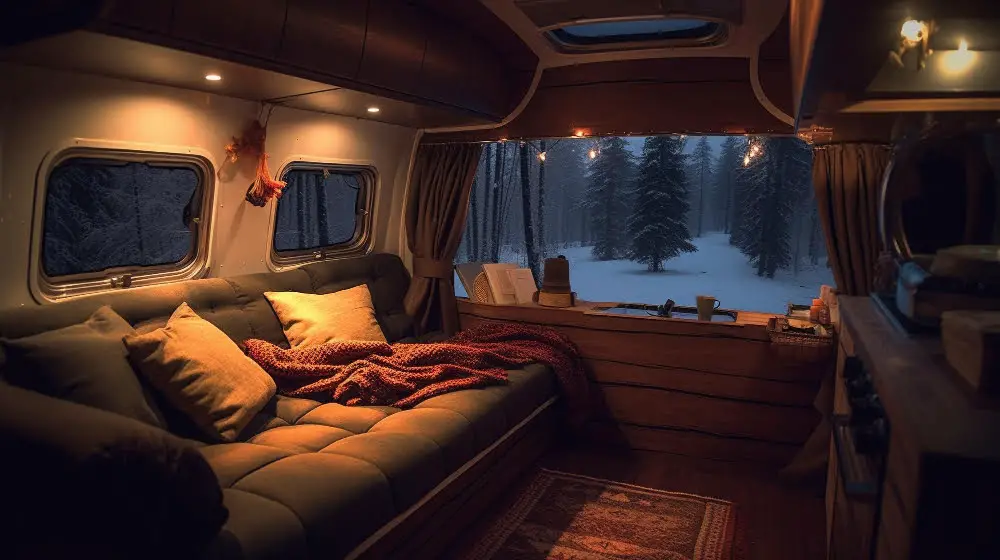
These windows do not open, but they come in various sizes and shapes that can complement the overall design of your RV.
One of the benefits of fixed windows is that they are relatively easy to install, making them an ideal option for DIY enthusiasts. They also provide excellent insulation against heat loss or gain, which can help you save on energy costs while traveling.
When choosing fixed windows for your RV, it’s essential to consider factors such as size and placement carefully. You’ll want to ensure that the window fits snugly into its frame and doesn’t compromise structural integrity or safety.
Fixed windows offer a cost-effective way to enhance your RV’s aesthetics while providing ample natural light inside.
Tilt and Turn Windows
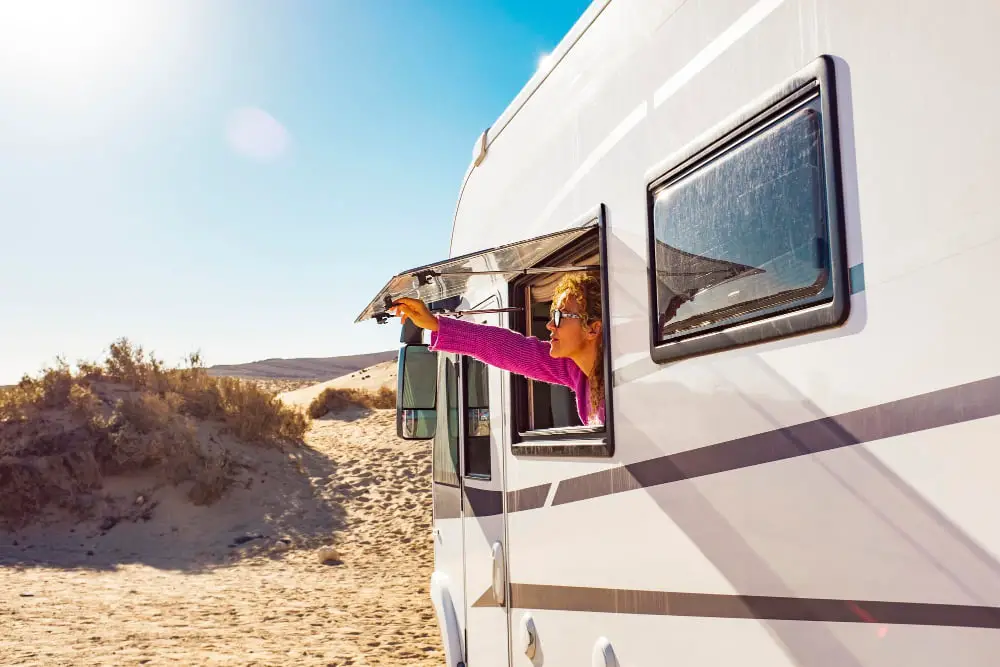
These windows can be opened in two ways: by tilting the top of the window inward, or by turning the handle to swing it open like a traditional casement window. This versatility makes them ideal for use in small spaces where airflow is important but space is limited.
One of the benefits of tilt and turn windows is that they provide excellent insulation against heat loss or gain, making them an energy-efficient option for your RV. They also come in a variety of materials such as vinyl, aluminum, fiberglass and wood which allows you to choose one that best suits your needs.
When choosing tilt and turn windows for your RV, it’s important to consider factors such as size compatibility with existing openings on your vehicle’s walls; material durability; ease-of-use when opening/closing; maintenance requirements (e.g., cleaning); safety features (such as locking mechanisms), among others.
Awning Windows

These windows open outward from the bottom, allowing fresh air to circulate while keeping rainwater out. Awning windows are also great for providing privacy without sacrificing visibility, as they can be positioned high on the wall.
One of the benefits of awning windows is that they can be easily opened and closed with one hand using a simple crank mechanism. This makes them ideal for hard-to-reach areas or if you have limited mobility.
When it comes to choosing an awning window for your RV, there are several factors to consider such as size, material type (aluminum or vinyl), glass options (single pane or double pane), and insulation properties.
Jalousie Windows
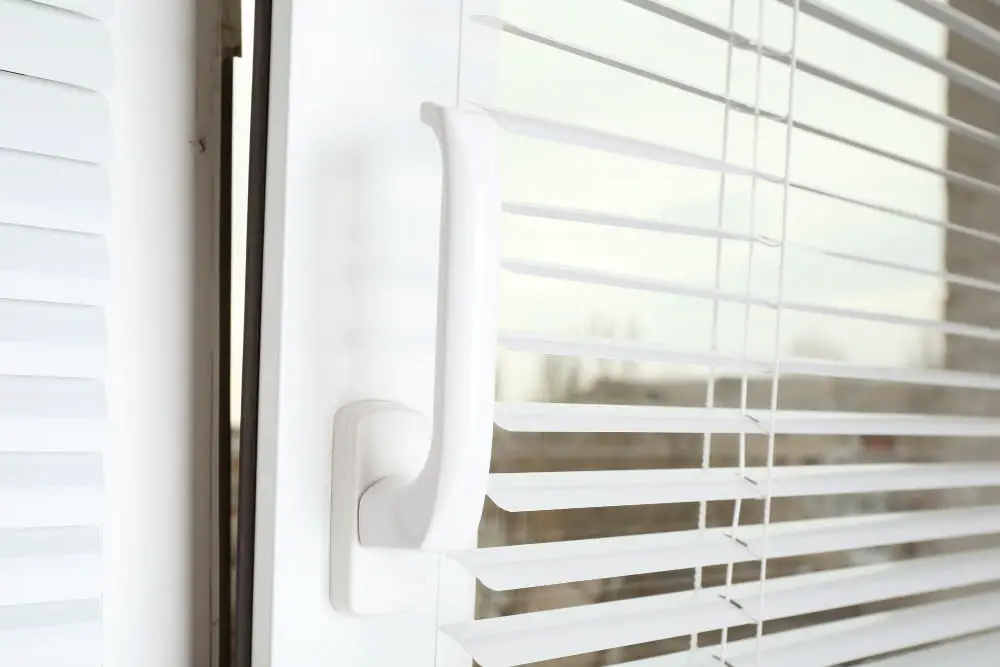
These windows consist of multiple glass slats that open and close in unison, allowing for maximum ventilation while still maintaining privacy. Jalousie windows are also known as louvered or crank-out windows.
One of the main advantages of jalousie windows is their ability to provide excellent airflow throughout your RV. The slats can be adjusted to control the amount of air coming in, making them ideal for hot summer days when you want fresh air circulating through your vehicle.
Another benefit is that jalousie window replacement parts are readily available if needed, making maintenance easy and affordable.
However, there are some downsides to consider before choosing jalousie windows for your RV. One potential issue is that they may not be as secure as other types of RV window designs since they have multiple moving parts instead of one solid pane.
These types of Windows tend not to insulate well against cold weather conditions compared with fixed or insulated sliding Windows.
Window Materials and Insulation
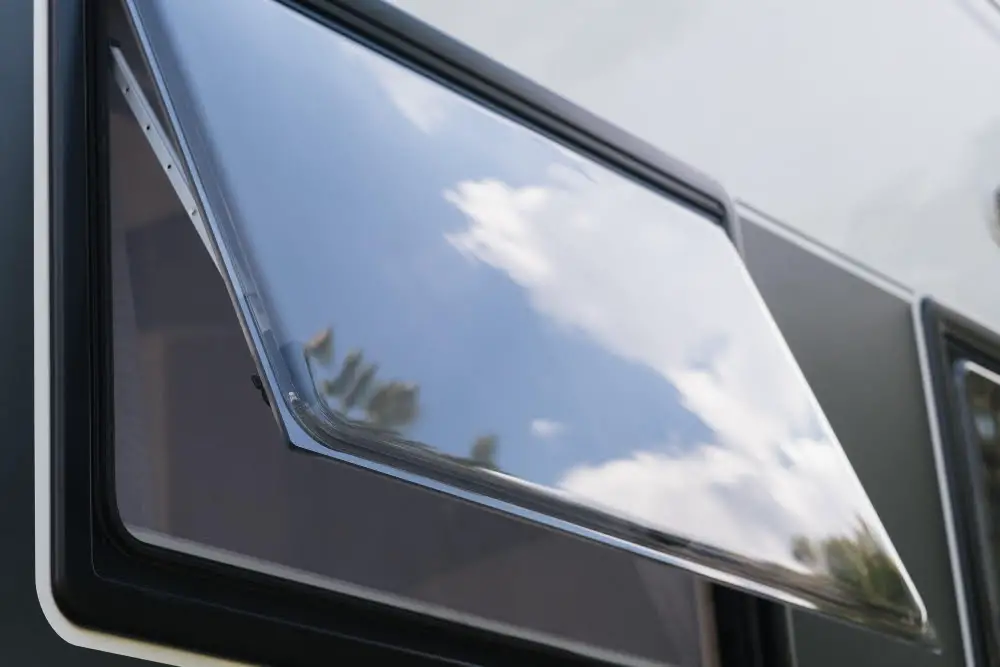
The most common materials used for RV windows include aluminum, vinyl, and fiberglass. Each of these materials has its own advantages and disadvantages in terms of durability, weight, cost-effectiveness as well as thermal performance.
Insulation is also a crucial factor when selecting an RV window material. Insulated windows can help keep your vehicle warm during cold weather conditions while keeping it cool during hot summer days.
Double-pane or triple-pane insulated glass is commonly used in modern-day RVs because they offer better insulation than single pane glass.
It’s essential to choose a high-quality window that provides adequate insulation for your specific needs since this will not only improve energy efficiency but also enhance comfort levels inside the vehicle regardless of external weather conditions.
Measuring and Replacing RV Windows
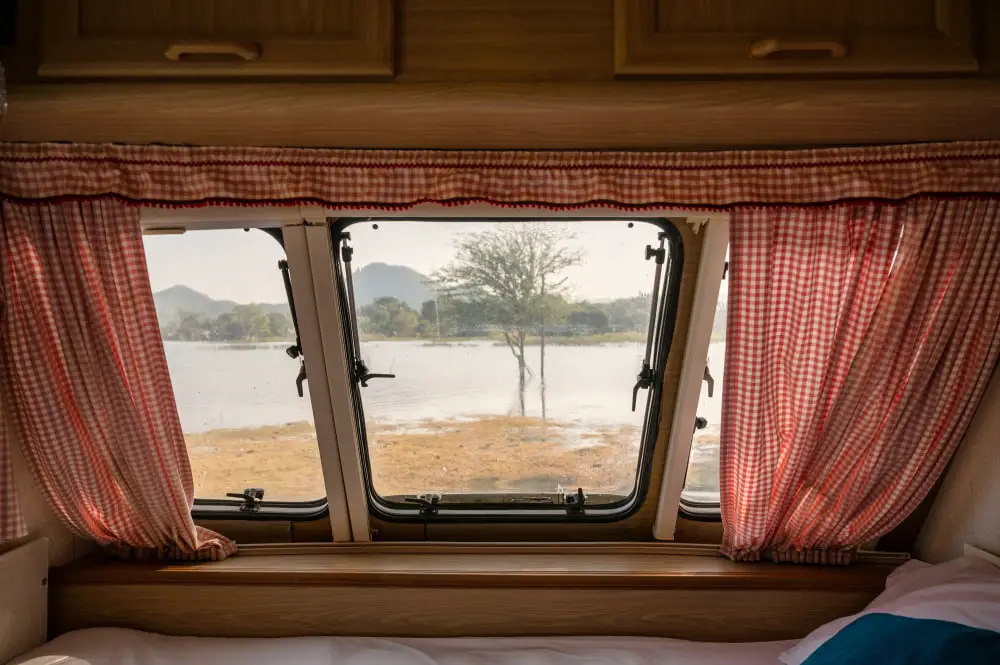
Before you start shopping for new windows, take accurate measurements of the window opening and frame. This will ensure that you purchase a replacement window that fits perfectly and functions properly.
To measure your RV window accurately, use a tape measure to determine the height and width of the opening from inside edge to inside edge. Measure at least two different points on both sides of the frame as well as across its top and bottom edges since some frames may be slightly warped or uneven.
Once you have determined these dimensions, compare them with standard sizes available in stores or online catalogs before making any purchases. If none match exactly what you need then consider custom-made options which can be more expensive but offer greater flexibility in terms of size range.
Custom RV Window Options
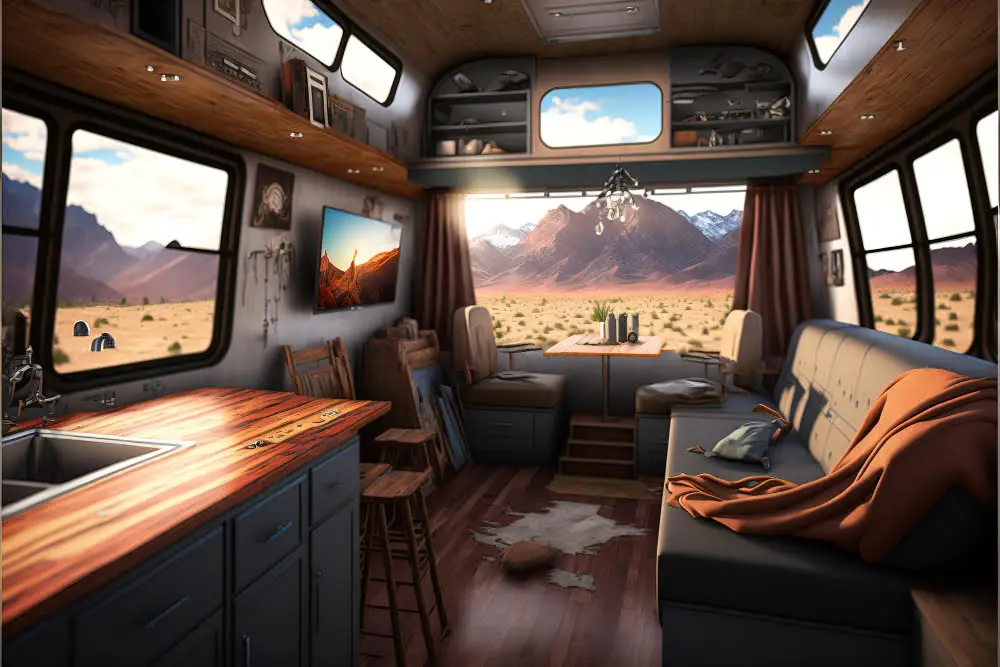
Custom RV window options can include different shapes, sizes, and materials that are not typically available in standard sizes. You can also choose from a variety of tints and finishes to match your vehicle’s style.
Custom windows are especially useful if you have an older model RV with non-standard window openings or if you want a more modern look for your vehicle. They can also provide additional functionality such as increased ventilation or better insulation.
When considering custom windows, it’s important to work with a reputable supplier who has experience working with RVs specifically. This will ensure that the new windows fit properly and function correctly while on the road.
Window Accessories
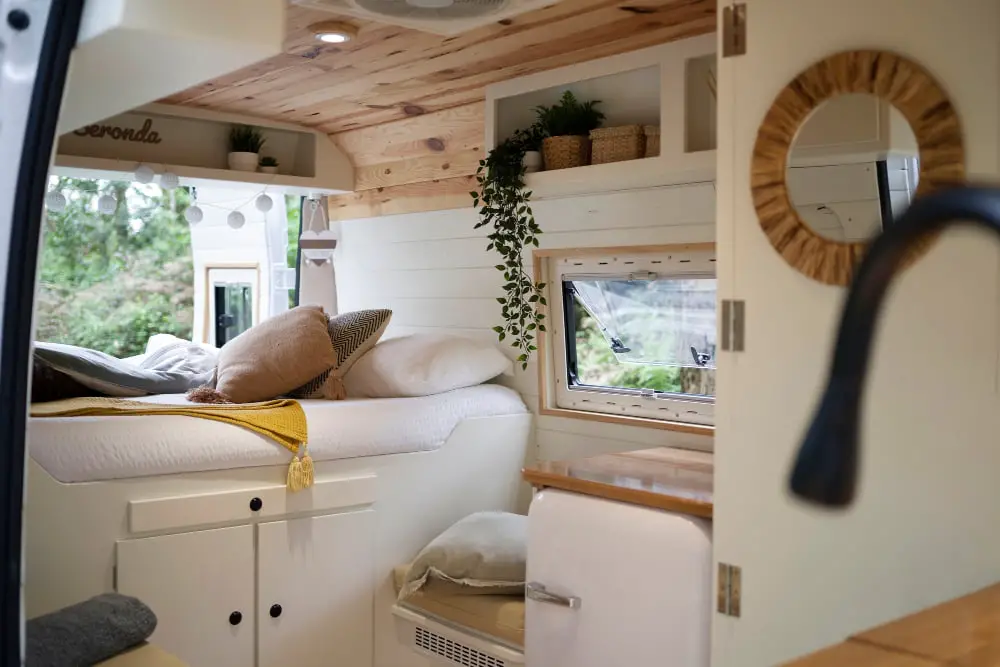
Some popular options include window screens, shades or blinds, curtains or drapes, and tinted films.
Window screens are essential for keeping bugs out while still allowing fresh air to circulate through your RV. Shades or blinds provide privacy when parked in crowded campgrounds or urban areas.
Curtains add a touch of homey comfort while also blocking out light for better sleep quality.
Tinted films not only offer privacy but also help regulate temperature by reducing heat gain from sunlight during hot summer months. They can even protect furniture from fading due to UV rays.
Window Maintenance

Regular cleaning can help prevent dirt, grime, and other debris from building up on the glass or frame. Use a mild soap solution and a soft cloth to clean both the interior and exterior surfaces of your windows.
Inspecting your window seals for cracks or gaps is also important as it can lead to air leaks that affect temperature control inside the vehicle. If you notice any damage, replace them immediately with new ones.
Lubricating moving parts such as hinges or tracks will keep them functioning smoothly without sticking or squeaking noises when opening/closing.
Lastly, always check for signs of wear-and-tear like chips in glass panes which could compromise safety while driving on bumpy roads. In case you find any damages beyond repairable limits then consider replacing those damaged parts with new ones from reliable suppliers who offer quality products at affordable prices.
Choosing the Right RV Window Supplier

First and foremost, look for a supplier that specializes in RV windows. This will ensure that they have the expertise and experience necessary to help you find the perfect windows for your vehicle.
You’ll also want to choose a supplier with a wide selection of standard sizes as well as custom options. This will give you more flexibility when it comes time to replace your existing windows or upgrade them with new features like tinting or insulation.
Another important factor is customer service. Look for suppliers who are responsive and helpful when answering questions about their products or providing guidance on installation procedures.
Don’t forget about price! While cost shouldn’t be your only consideration, it’s important to find an RV window supplier who offers competitive pricing without sacrificing quality.
Safety and Security Considerations

As an RVer, you want to feel safe and secure in your vehicle while on the road or parked at a campsite. That’s why it’s important to choose windows that offer both protection and peace of mind.
One way to enhance the safety of your RV is by installing tempered glass windows. Tempered glass is designed to break into small pieces rather than large shards when shattered, reducing the risk of injury in case of an accident or break-in attempt.
Another consideration for security is window locks. Many standard RV window sizes come with built-in locking mechanisms, but if yours don’t have them already installed, consider adding them as an extra layer of protection against intruders.
Be sure not to overlook privacy when choosing new RV windows. Tinted or frosted glass can help keep prying eyes out while still allowing natural light into your living space.
Energy Efficiency and Climate Control
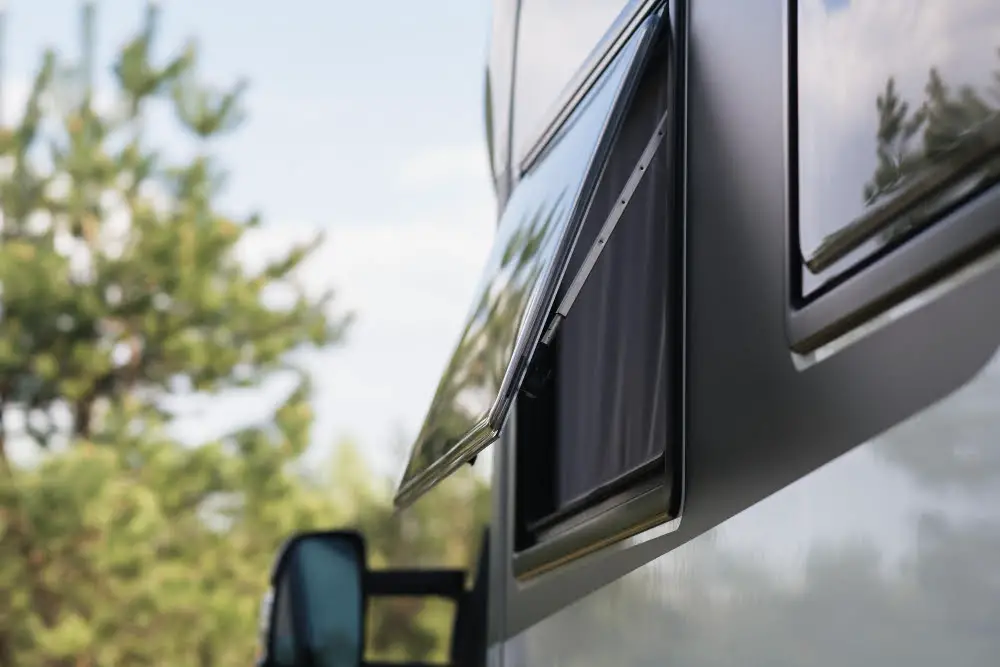
The right windows can help keep your RV cool in the summer and warm in the winter, reducing your reliance on heating and cooling systems. This not only saves you money but also helps reduce your carbon footprint.
One way to improve energy efficiency is by choosing double-paned or triple-paned windows that provide better insulation than single-pane options. These types of windows are designed with a layer of air or gas between two or three panes of glass, which acts as a barrier against heat transfer.
Another option for improving climate control is tinting your RV’s window glass. Tinted glass reduces glare from sunlight while blocking out harmful UV rays that can damage furniture and fabrics inside the vehicle.
When selecting new RV windows for replacement purposes, it’s essential to choose ones that offer good insulation properties while providing adequate ventilation during hot weather conditions without compromising security features such as locks etc., so you can enjoy comfortable living quarters all year round!.
FAQ
Are all RV door windows the same size?
No, all RV door windows are not the same size as different RVs have different window sizes, so accurate measurements are crucial for replacements to prevent compatibility issues and save money.
What is the size of a standard RV?
The size of a standard RV, specifically a Class A motorhome, ranges from approximately 25 feet to 45 feet in length, with larger families and retired couples potentially requiring a 40-foot rig for added living space and comforts.
How thick is a standard RV window?
The standard thickness of an RV window is typically between 3/4 inches and 1 inch.
What are the common dimensions for RV windows?
Common dimensions for RV windows include 24×15, 30×20, 30×24, 36×24, and 40×24 inches.
Can RV windows be customized to fit specific sizes?
Yes, RV windows can be customized to fit specific sizes.
How do window sizes vary among different types of RVs?
Window sizes in different types of RVs vary significantly, with larger RVs typically having bigger windows and smaller RVs having smaller windows.
Recap
